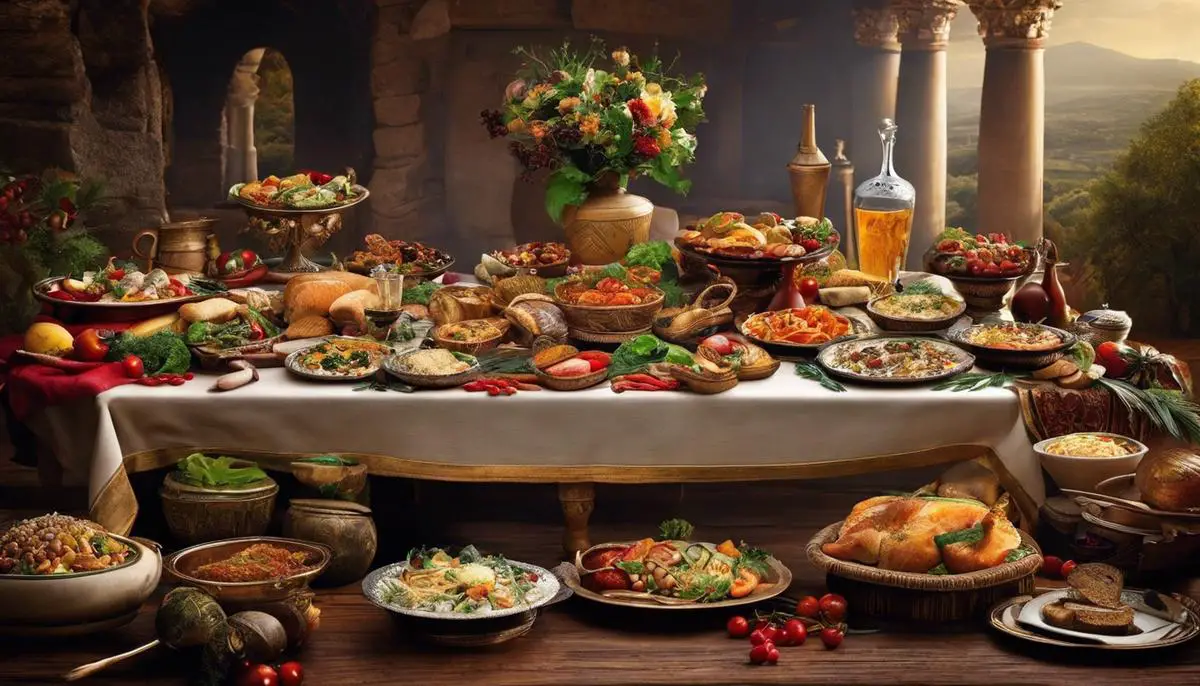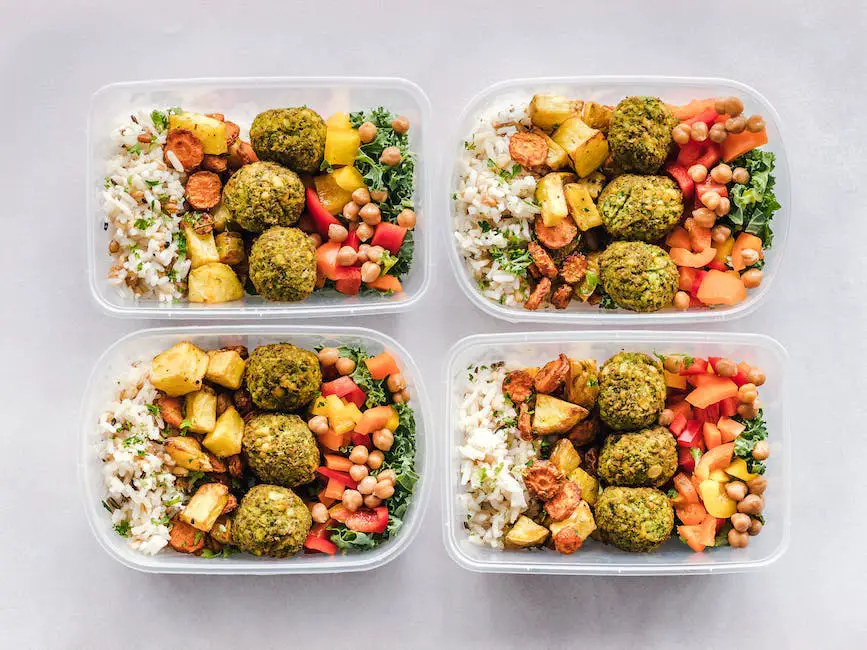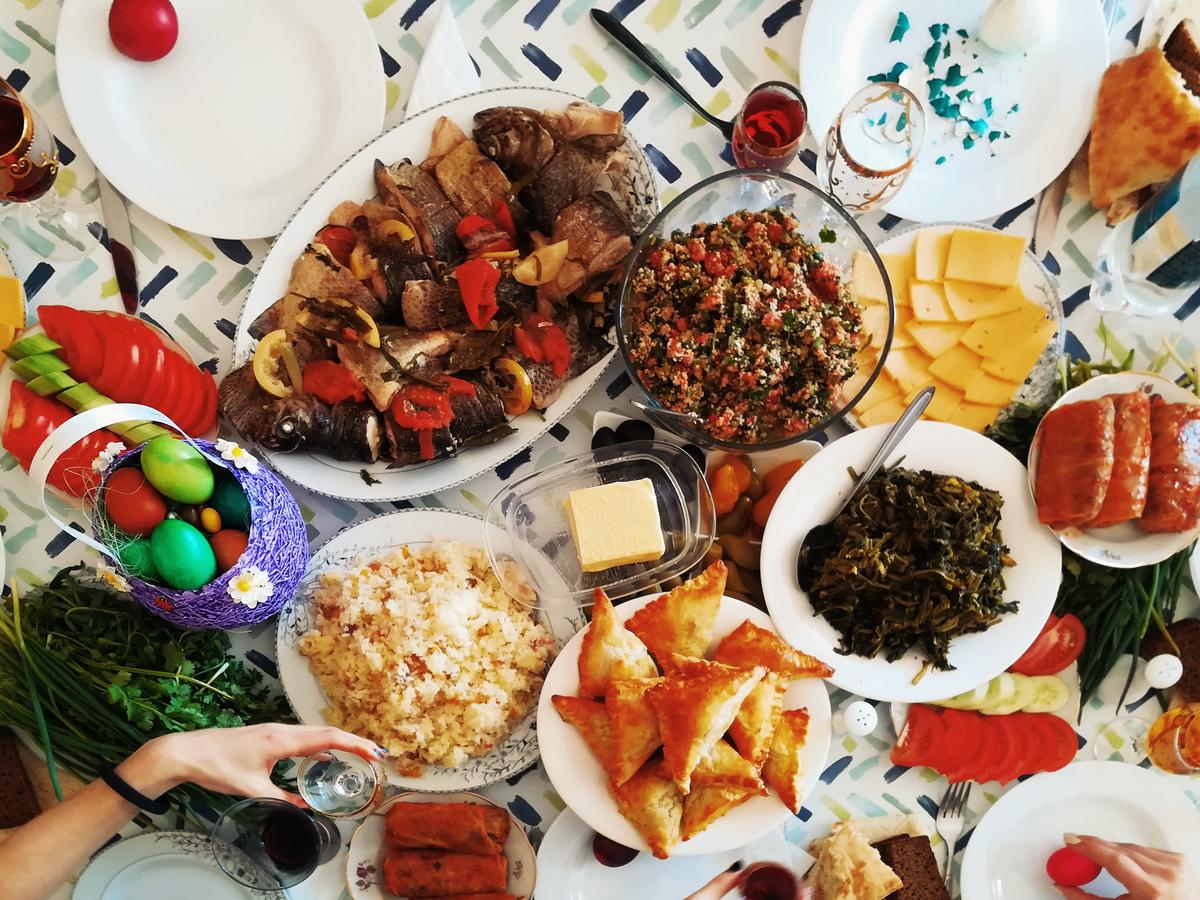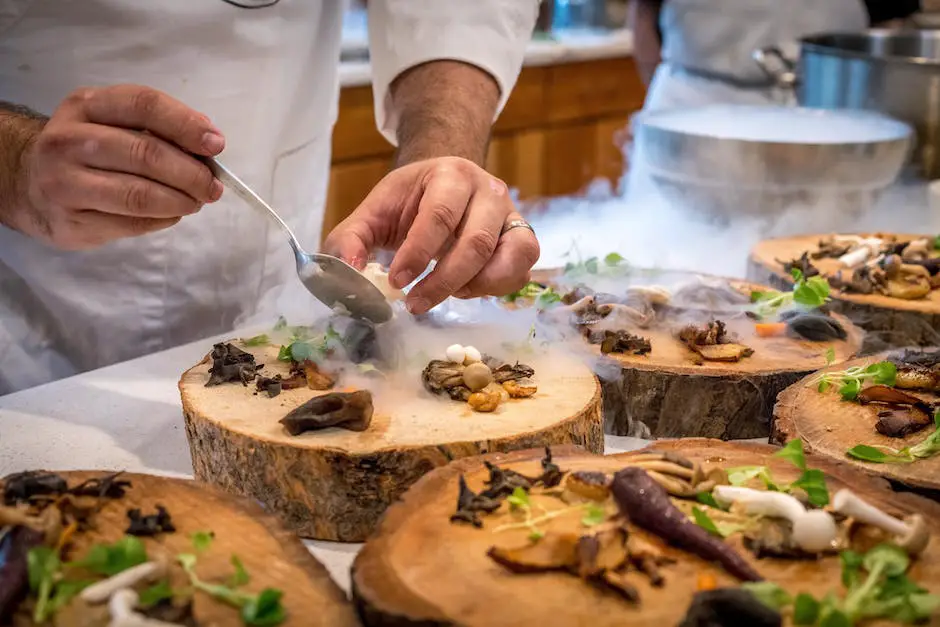Delving into the heart of American sports tradition, college football emerges as a tapestry rich with fervor, rivalry, and the earnest endeavors of young athletes. It is the crucible of teamwork and the nursery of legends, where each game is a chapter in an epic saga stretching back over a century. Within the roaring stadiums and across the vibrant college towns, beats the pulse of an institution that goes beyond simple athleticism—it shapes community, culture, and character. This essay explores the multifaceted realm of college football, unwrapping the history, enhancing the legacies, and discerning the intricate weave of social and athletic prowess that defines it.
History of College Football
Whispers of Time Past
Fields of today hold,
the echoes of yesteryear,
stories untold, vast.
Within the verdant expanses that stretch beyond our sight, the grounding truth remains that every blade of grass is a silent guardian of the past. These fields, which now bask in the gentle kiss of the sun, are vast theaters where history’s drama has played out in countless acts.
From every seed sown,
history’s roots grow deeper,
future’s path is known.
Various footprints have tread upon this land; each one has shaped the field’s echo. Consider the farmer from eras bygone, whose toil turned the earth from its slumber, each furrow a testament to their perseverance. These fields are archives of plows and progress, preserving the rhythm of seasons and the cycle of life.
Fields remember seeds
of civilizations past,
time’s tides do heed.
Our understanding of ancient civilizations, cultures that came before us, is grounded in the archaeological artifacts that once lay hidden beneath these fields. The pottery shards, the etchings in stone, are ancient words that the earth has tenderly guarded. They speak of the past’s embrace, a lineage entwined with the very soil from which our food springs forth.
Nature’s whispers yield,
Customs, battles, and harvests,
In the field’s echo held.
The imprint of historic battles also reverberates through time, as fields that were once the stage for human conflict continue to resonate with the stories of valor and sorrow, courage and despair. It is here, in the quietude of a wind-swept field, that one can almost hear the distant echoes of marching feet, the clashing of steel, and the silent hopes for peace.
Knowledge unearthed here,
History’s voice, soft but clear,
Informs the present, dear.
In understanding how the past shapes the field’s echo, we can discern how the present and future are informed. The lessons we glean from the endurance of the land and its countless narratives guide us in nurturing our environment with greater respect and wisdom.
Fields of green abound,
History’s whispers resound,
Time’s cycle is found.
Let this be our ode to the fields that lay beneath our feet, a sacred trust handed down through generations. The echoes of the past, a chorus of the land’s memory, inform our steps and help to steer humanity toward a future that honors and preserves the symphony of life that has played before us.
College Football’s Greatest Rivalries
In the heart of sport,
Rivalries churn deep passion—
Fans’ fervent cries peak.
A tapestry lush,
The grand stage of competition,
Where legends clash fierce.
With every home run,
Baseball’s Red Sox and Yankees
Rally spirits high. A storied feud ripe,
Echoes of triumph, defeat—
Hearts tied to each pitch.
Gridiron battles,
Proud Packers and Bears collide—
An old grudge plays on. Green and gold versus
Navy and orange clashing
On the field of dreams.
On the soccer pitch,
Real Madrid against Barça—
A timeless dance spins. Passions flare, colors
Wave, chants rise in unison,
Catalonia sings.
Courts resound with cheers,
Celtic pride versus Laker gold—
Legends leapt and soared. Shamrocks, gold trophies,
Echoes of Magic and Bird,
Hoops history lives.
On the ice they glide,
Red Wings and Blackhawks vying—
Frosty enmity. Sticks clash, pucks fly fast,
A chill rivalry thaws hearts,
Winter’s game heats up.
Fans wear their colors,
Cheering, jeering, hearts pulsing—
Rivalries fuel dreams. They stand, they chant on,
In stadiums, fields, arenas—
Love for the game speaks.
Curtains fall, lights dim,
The tales of titans linger—
In whispers, in roars. Until next the clash,
Fans hold their breath, biding time—
Rivalries live on.
The Cultural Impact of College Football
In the vast tapestry of time,
Sports rivalries define a rhyme,
Teams clash in spirited debate,
Their histories entwined by fate.
Football weaves a cultural thread,
Where rivalries in lore are bred,
In each play and every score,
The Packers and Bears, legends of yore.
Soccer, too, joins the fray,
Real Madrid’s might, Barça’s sway.
Goles echo off ancient walls
Old passions rise when the whistle calls.
To the north, ice rinks glisten bright,
Red Wings and Blackhawks in the night.
Skates carve the ice, pucks fly past,
Memories forged, forever to last.
Basketball boasts its own war,
Celtics and Lakers, to the core.
Hoops stories rise above the din,
Echoes of champions lie therein.
In the fervor of the crowd,
Emotions worn like a shroud.
Fans their heart on sleeves do wear,
Each game, a history they bear.
The great rivalries we recall,
Observe how deeply they enthrall.
Through victory and through loss,
Passion’s price, no small cost.
Sports do more than entertain,
In every win, in each pain.
They honor time’s enduring dance,
And in our culture, they advance.
From ancient fields, this truth springs,
Every season, lore it brings.
In every rivalry, you’ll find,
The enduring legacy of mankind.
Recruiting and Development of Student-Athletes
Sweat of our forebears,
Imprints on verdant pastures—
Seeds of champions.
Amidst the green fields where history whispers tales of yesteryears, there arises a vibrant, pulsating energy found within the heart of sports. Rivalries, far more than mere competition, are the crucibles in which future champions are both forged and revealed. Within the rhythm of bouncing balls and the clash of sticks, one perceives a reflection of our collective spirit and the embodiment of determination.
Glory’s seeds planted,
In the soil of rivalry—
Champions blossom.
Baseball’s timeless dance, the iconic Red Sox and Yankees, unfolds beneath the bright lights and roaring crowds, a testament to enduring ambition. Legends rise and fall, much like the empires of old, on these baseball fields, carrying forward a timeless saga defined by passion and resilience.
Gridiron warriors,
In the huddle, history speaks—
Rivalry ignites.
On the turf where cleats dig deep, football’s storied Packers and Bears battalions collide with unabated fervor. The pigskin flies, weaving a narrative of rivalry that echoes through halls of fame, each play another verse in an epic poem sung by generations.
Pitch of dreams and goals,
Where football’s artistry blooms—
Rivals claim their fame.
Across the ocean, soccer pitches become the canvases upon which Real Madrid and Barça paint masterpieces of competitive spirit. Every pass, every goal is a brushstroke on the vivid mural of their rivalry, inspiring awe and loyalty among legions of fans.
Hoops of destiny,
Echoes of past rivalries—
Celtics challenge Lakers.
The court becomes a stage for the Celtics and Lakers, a place where basketball transcends into a form of high art. Each dunk, each three-pointer, a commemoration of past legends who once graced the hardwood with their presence.
Ice—a battleground,
Red Wings and Blackhawks draw lines—
History in scores.
Ice rinks bear witness to the enduring clash of the Red Wings and Blackhawks, a dance of agility and strength played out in a whirlwind of skates and sticks, leaving tales of glory etched in frost.
Passion’s beating heart,
Emotions surge like a tide—
Sportsmanship’s true test.
It is within the heated moments of these great rivalries that the passion and emotions of sports truly manifest. Fans, donning colors of their beloved teams, exude an energy that resonates beyond the stadiums, igniting the hearts of communities.
Cultural mirrors,
Reflecting battles of yore—
Sports shape our world view.
The legacy of these rivalries and the champions born from them mirror cultural narratives, each game an embodiment of the history that has sculpted society. They speak to us of rivalry and camaraderie, competition and unity, teaching us lessons that transcend the realm of sports.
Within sports’ embrace,
Society finds its pulse—
Rivals lift us all.
As the stadium lights dim, and the fields lay resting until their champions return, one finds an enduring truth: From these rivalries and the fields of competition, future champions perceive a world rich with tradition and imbued with the spirit of excellence. As the haiku, so concise, captures the essence of a fleeting moment, sports capture the essence of life’s perpetual quest for greatness. No summary is needed where the game speaks for itself.
College Football Playoffs and Bowl Games
In the grandest courts, where competition’s might
Prevails, these spaces claim the limelight’s kiss.
Skilled giants of sport, rally deep and fight,
Heroes emerge, their tale—a thrilling tryst.
The field of play—more than mere turf or court,
A stage where every drama does unfold.
Through dribbles, passes, goals, and each support,
The tale of cultures and their pride is told.
Sport mirrors life, reveals our shared pursuit,
For glory, honor, in the contest’s dance.
Each game reflects our past, our roots, our root,
And echoes history with each advance.
Legacies built, not solely on past scores,
But on the will to rise, through future’s doors.
Great sages of the track, the pitch, the field,
Have shown us strength transcends the boundaries set.
Their lessons drawn from every loss and yield,
Teach values—fairness, perseverance, met.
The titans clashing, not just game in play,
But narratives that hold us, rapt, in awe.
Their rivalries, like art, rich and risqué,
Commanding every gasp, every guffaw.
Grassroots to champions, stories interlace,
Embedded deep within society’s hue.
The sport defines, refines our human race,
As history’s grand march is viewed anew.
Where Titan’s strive, achieve, there stands no place
For idle hands, but for ambition’s grace.
Irreplaceable, this fabric, tightly spun,
Of competition framed by history’s lens.
It teaches us what can and can’t be done,
Speaks culture’s language, breaking walls—our pens.
The impact left, imprints upon our soul,
Is more than footprint on the moon’s cold crest.
It carves out, in our hearts, an endless goal,
To chase our dreams and be our very best.
In sports, we see reflections of our world,
A microcosm of our endless strive.
And in their stories, human truths unfurled—
In these lush fields, our spirits come alive.
Thus, let’s partake in this grand world, so rife
With lessons gleaned through every sporting life.
The Role of Coaching in College Football
In a coach’s wisdom, what does success believe? Draped in perseverance’s cloak, sports whisper to the soul, uniting hearts that compete, create, and cultivate our collective global story.
Precious Gift of Youth: Play’s Role in Learning
Children’s laughter rings,
In play, life’s lessons take wing,
Growth in joy it brings.
Youth sports do much more than exercise bodies; they shape characters. Under sun and stadium lights, children learn the balance of competition and camaraderie. Through soccer goals and basketball hoops, they discover that effort and teamwork lead not only to scores but to the shaping of their futures.
Unity in Motion: Sports and Society’s Fabric
Fans cheer as one voice,
On fields, unity’s choice,
Sports’ power rejoice.
A sports team, an emblem of unity, links individuals from various walks of life. The shared loyalty to a team mirrors the way communities can connect. Sports become the thread in the tapestry of society, bringing together the unlikely friends in shared passion and pursuits.
Mentorship and Guidance: Coaches as Beacons
Coach imparts the lore,
In young minds, dreams start to soar,
Life’s paths to explore.
Coaches, those beacons in the athletic world, are far more than strategists of the game. They instill the disciplines of ambition and perseverance in young athletes. These mentors highlight the importance of soaring beyond one’s limits, and in doing so, break barriers and foster unity in diversity.
Aim High, Strive Forward: The Quest for Excellence
Stars shine with intent,
Striving high—no relent,
Excellence, the ascent.
Sports narratives often speak of the human quest for achievement. In the grit of competition, the essence of human ambition finds resonance. Sports teach that barriers are but a challenge, inviting the persistent heart to climb higher and claim victories, both personal and shared.
Mirrors of Ourselves: Sports Reflect Our World
Games mirror life’s plane,
In each win and loss – we gain,
Endless knowledge train.
Every game, a microcosm of life’s broader playing field, reflects the triumphs, defeats, and continuous learning that define our existence. Sports echo society’s pulse, amplifying the spirit and vitality crucial to the human experience. They encourage us to aim for goals beyond the horizon.
The arc of balls in flight,
Against blue or starry night,
Bound by shared delight.
In every pitched ball, every sprint, every puck that slides on ice, there is more than just a game. There is a reflection of who we are, what we chase, our shared history, and the new chapters we script daily on these playing fields. In the coach’s book, success is the wisdom of constant pursuit; the fiery heart that learns, unites, and transcends every scoreboard.
The vibrant landscape of college football, with its rich traditions, fierce rivalries, and electric atmospheres, stands as an American phenomenon that captivates and unites. Coaches sculpt, players excel, and fans exult, each finding their role in the grand theatre of fall Saturdays. Beyond the touchdowns and triumphant anthems, it is clear that the resonance of college football lies in its ability to mold character, instill camaraderie, and invigorate communities. As this examination of its parts and parcels comes to a close, the enduring spirit of college football remains—a timeless testament to the enduring power of sport in shaping lives and etching memories.








